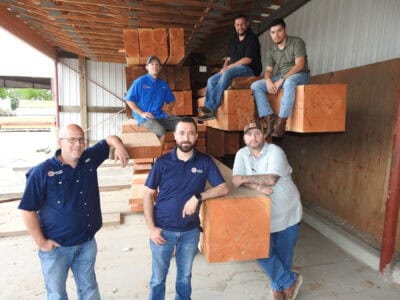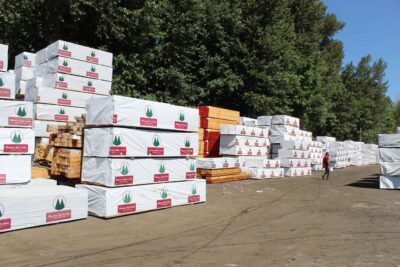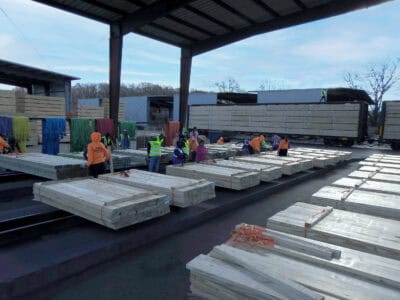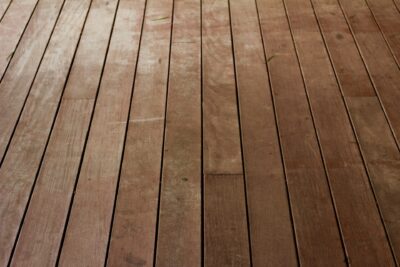The American Hardwood Export Council (AHEC) has created a new and updated video workshop to provide a simplified but informative explanation of the grading rules for American Hardwood lumber. Presented by Dana Spessert, Chief Inspector of the NHLA, the rules were established over 125 years ago by the then newly-formed National Hardwood Lumber Association (NHLA). Today the NHLA has over 650 members worldwide and the NHLA rules are still the national standard for the U.S. Hardwood industry and form the basis for grading of export lumber.
Wood is a natural material and by its very nature may contain different characteristics and defects that need to be understood and allowed for in any given application. The grading of sawn wood into categories as it is processed helps to determine to a large extent the value and potential use possible for each board of sawn lumber.
The NHLA grading rules provide both the buyer and seller with a consistent language to use in specifying Hardwood lumber transactions. Although the NHLA grading rules are targeted for the U.S. marketplace, a reasonable knowledge is essential for buyers worldwide in order to attain their expected degree of quality.
Hardwood lumber is usually graded on the basis of the size and number of cuttings (pieces) that can be obtained from a board when it is cut up and used in the manufacture of a Hardwood product. The NHLA rules were designed with the furniture trade in mind to provide a measurable percentage of clear, defect-free wood for each grade. The upper grades provide the user with long clear pieces, while the Common grades are designed to be re-sawn into shorter clear pieces.
The workshop covers the following topics:
- Measurement: A guide to using surface measure, board feet, cuttings and cutting units.
- Characteristics: Marking and features found in lumber that are naturally occurring or are as a result of the process, with clear visual examples to help with identification.
- Defects: Markings found within lumber that can affect the yield with visual examples.
- The Grades; FAS, No.1 Common, No.2 Common, F1F and Selects: Recognized grades of lumber and their main uses within the industry.
The American Hardwood temperate forest resource is the largest of its kind anywhere in the world, with a significant history of sustainability. Exploring the Common grades, where possible, is invaluable in achieving the most value both in lumber cost and yield. These efforts will also help to ensure the sustainability of the resource for generations.









